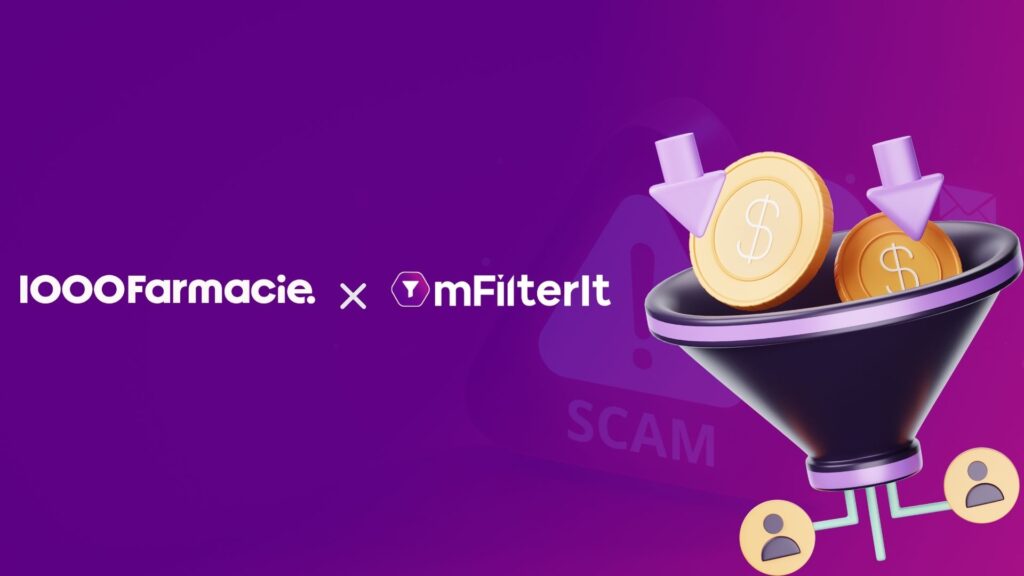Easing consumers’ shopping experience begins by making efforts to get discovered even when there is no awareness about the product/brand. Discoverability is building a successful search and exploration journey for the consumer to achieve this result. Brands use keywords to enhance findability and visibility on eCom platforms like Amazon, Big Basket, Flipkart, etc. The brand’s success in achieving these goals is measured by comparing the search results with competitors, and it is commonly called Share of Shelf (SOS).
A study suggests that search engines build 62% of eCom journeys. Consumers come across new or potential products on eCom stores because brands customize discoverability based on their search behavior deciphered through analytics and keyword analysis. For example, brands have insight that consumers could be unaware of the latest bestsellers of the year and use keywords like “best books to read best sellers, best books to read, best books 2022,’ etc., based on eCom results on Google, and eCom marketplace search results.
SOS measures the percentage of product visibility compared to competitors based on specific keywords. Measuring SOS offers numerous advantages to brands, such as generating awareness if competitors target the same keywords, identifying keywords with low competition, brand/product rankings, etc. Share-of-digital-shelf on eCom stores is measured for the competitor, sponsored, and organic keywords to get a complete picture of the brand presence.
Moreover, platforms with higher positioning enhance visibility and tend to garner higher add-to-cart actions and greater chances of transaction. Therefore, brands acquire more revenue and an extensive customer base with a higher SOS percentage. Understanding the competition’s SOS helps the brand plan the future course of business. In addition, SOS helps brands determine their market positioning. Evaluating a brand’s overall, ranking-based, and category-specific SOS can deliver a full picture of the product presence across eCom stores.
Table of Contents
Toggle3 Things to Consider While Evaluating eCom Share of Shelf
Total SOS
Measuring the overall presence of a brand’s product across eCom stores gives a simplified view of the market positioning based on select keywords. Brands with high SOS percentages have successfully eased the consumer’s discoverability journey.
Such listings would acquire higher reachability, and enhanced visibility, witness more add-to-cart actions, and ultimately acquire more revenue. Comparing the percentages every month would provide insights into the change in SOS performance of your and competitor brands while displaying the change in performance. Such insights play a crucial role in creating brand strategies and marketing spending decisions across eCom platforms and require continuous monitoring.
Reviewing product SOS across stores would also help understand the highest performing eCom platforms, distinguish between the share of sponsored, competitor, and organic keywords, etc.
mFilterIt’s eCom Competitive Analytics conducts a deep scan of e-commerce platforms to analyze drivers of sales. Moreover, mScanIt helps brands compare their platform coverage with the competitors and find the top performers for product/brand searches, SKU ranges, and variants. The overall share of the digital shelf is calculated and displayed on a single dashboard portraying a score based on these categories.
SOS by Category
Brands use categories for product listings on eCom stores which significantly impacts discoverability. For example, Amazon enlists “press” under “dry iron, steam iron, iron, and other categories. Brands add keywords on their product and company page of the eCom platform that match the categorical search results.
Evaluating category-wise share of digital shelf can offer promising deliverables. For example, brands can learn the category with the highest SOS and decide to change the categories of their products. The eCom competitive analysis of categorical SOS displays the share acquired by the brand and its competitors.
Therefore, brands can decide to enlist products under categories with higher chances of discoverability, visibility, and consumer reachability to boost add-to-cart actions and conversions. Moreover, the brand understands its categorical presence across eCom platforms.
Another advantage of using keywords based on categorical segregation is ranking on the bestseller page. Brands often evaluate their and competitor’s SOS percentages on bestseller pages under different departments/categories.
However, the full scale of SOS results by category can be derived by evaluating visibility based on brand, sub-brand, pin codes, variants, and SKU range.
mFilterIt’s eCommerce Analytics uses these categories to provide an in-depth view of the SOS. Moreover, mScanIt informs brands of any KPI deviations. Therefore, you stay updated about product health and data. As a result, you always keep an eye out for KPIs and don’t lose hold of market trends unless you change your marketing or advertising strategies.
Top Results of Products by Searching Specific Keywords
Measuring the share of a product under a category on an eCom platform is valuable, but so is knowing the page rank of the products using various keywords. As per our research, consumers are more likely to see products, add them to a cart, and even successfully place an order if the product is listed in the top ten results or on the first page.
For example, if a consumer searches for the keyword “Shampoo”, the brand with the highest ranking and visibility on the first three pages will most likely achieve consumer interactions. mScanIt beholds the capability of finding the keyword-level share of brands based on rankings.
Another research stated that many consumers might even decide the product’s traits, such as features, options, etc., based on the listings visible to them ahead of the line. Therefore, brands that will enlist their products on the eCom store or already have listings present on the e-commerce platforms would use this to their advantage by adding keywords of such listings on their product/company pages of the eCom platform.
The consumer sentiment of product ranking based on the most researched keywords changes the playing field of eCom store brands. Acquiring a higher ranking on search pages has become a competitive game and requires careful analysis using a solution that recognizes consumer behavior based on search results.
Most brands also spend on promoted/ sponsored listings which keep their product listings at a desirable position on the search page. However, winning the search rank organically is what brands strive for since that gives them relatively permanent space in the eyes of the buyer.
Summary
SOS calculation should become biased or limited through rankings only. Instead, brands should analyze SOS by evaluating brand/sub-brand/variant SKU ranges and most search keywords. Measuring the product ranking and the share of the brand related to it is also equally important.
Moreover, the SOS overview solution should deliver results across multiple eCom platforms.
mFilterIt’s eCommerce Analytics offers such capabilities and diminishes the task of manual evaluation with errors. Simultaneously, it enables brands to optimize their SOS analytics with an accurate overview based on the brand-preferred customizations.
mScanIt provides results usable for the brand based on the KPI. Brands receive alerts for deviations in the KPI and track data in real time. D2C brands can use the platform to optimize the offline market share of products and variants.
Get in touch to learn more about the Share of Shelf.









